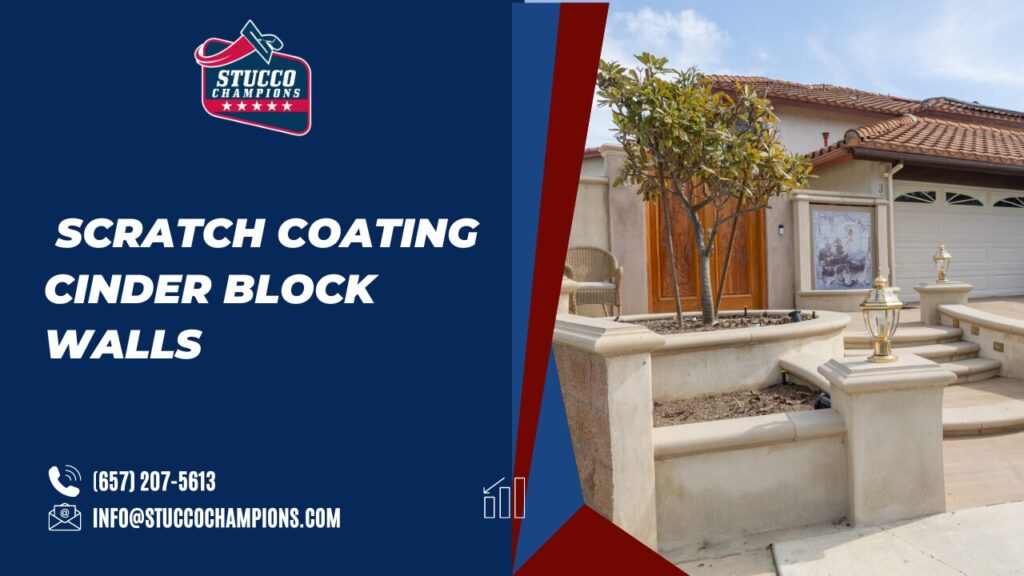Scratch coating a cinder block wall is an important step in many construction and renovation projects, particularly when preparing to install materials like stone veneer.
Preparation: Wetting the Wall
Before applying the scratch coat, it’s crucial to prepare the wall by wetting it. This step ensures that the mud adheres properly and prevents rapid drying, which can lead to cracking. However, balance is key: too much water causes the mud to slide off, while too little makes it difficult for the mud to stick. After wetting the wall, wait until the block is no longer wet to the touch but has a darker color, indicating sufficient moisture. On hot days, you may need to add water multiple times.
Mixing the Scratch Coat: Achieving the Right Consistency
For cinder block walls, a slightly richer mix than the basic stucco recipe (3 parts sand to 1 part Portland cement) is recommended. To enhance adhesion, add a bit more Portland cement to the mix, but avoid exceeding a 2 to 1 ratio. A small amount of lime can also be added to increase stickiness. This mix can be prepared in a bucket, wheelbarrow, or mortar mixer.
Application: Techniques and Thickness
Start applying the mix from the top of the wall, working downwards. This can be done using a hock and trowel, and for larger walls, spraying is also an option – though it requires specialized equipment and expertise. Aim for a uniform thickness of approximately 3/8 inch, using a depth gauge for accuracy.
Adding Scratch Marks: Timing and Technique
Once an even layer of mud is applied, create scratch marks using a scarifier or notched trowel. It’s best to let the mud set for 5-10 minutes before scratching. This step requires control to avoid digging into the cement. Continue working down the wall, misting as needed to maintain bond strength, especially on hot days.
Safety and Professional Advice
While this guide provides a comprehensive overview, it’s crucial to consider safety and the complexity of your project. Protective gear should be worn, and the workspace should be kept clean to avoid accidents. For more complex projects, consulting a professional is highly recommended to ensure the best results and to address any uncertainties.
Ensuring Quality and Durability
Following these steps will ensure a quality scratch coat for your cinder block wall, providing an excellent base for further materials. Remember, the key to a successful project lies in preparation, accurate mixing, proper application, and attention to safety. This guide, informed by professional expertise and experience, aims to help you achieve the best possible outcome for your construction or renovation project.
Last week, we shared Stucco Scratch Coat Mix: A Comprehensive Guide providing detailed instructions on creating the perfect mix for a strong and durable base layer. If you’re starting a stucco project and want to get the foundation just right, be sure to check out the post!
—

